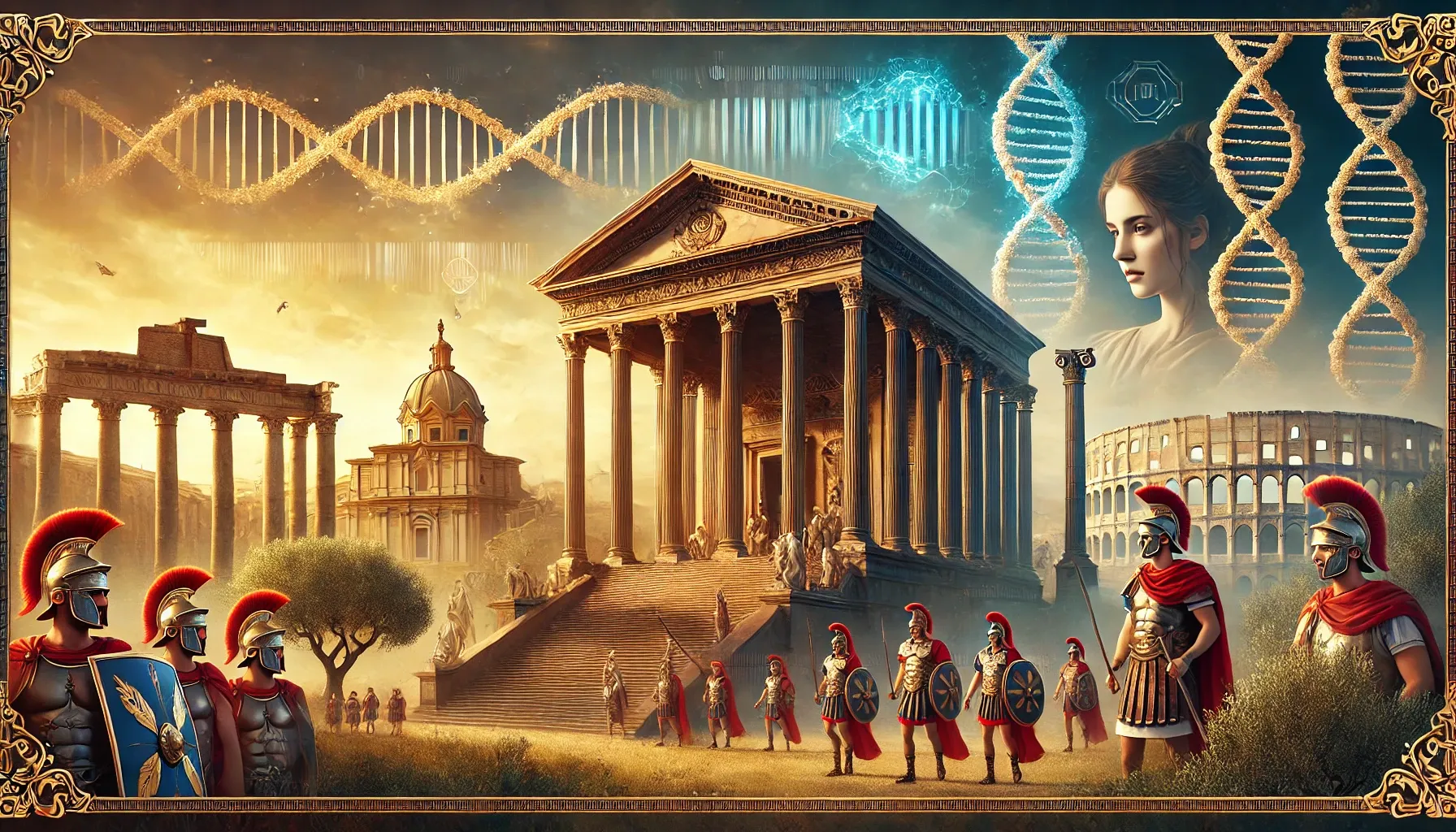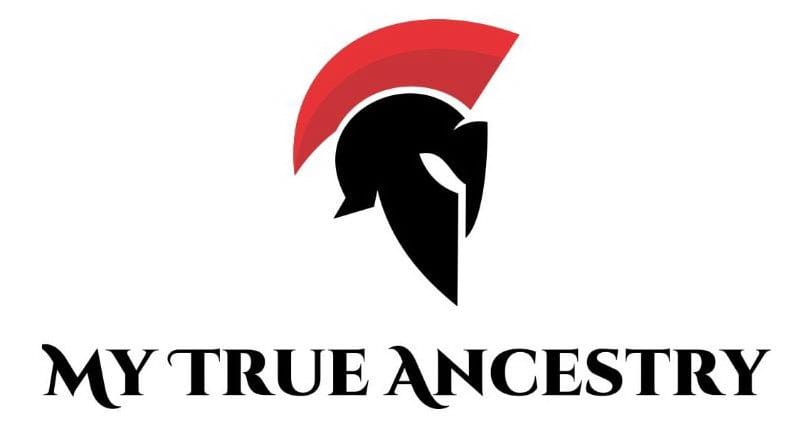Scientific Insights into Ancient Macedonia: the Tomb of Persephone and its Occupants





Buried deep under the Great Tumulus of Vergina, often referred to as Aegae, lies a remarkable cist-tomb known popularly as the "Tomb of Persephone." Situated in the midst of what is believed to be a royal burial complex of the Macedonian kings, this tomb unveils captivating mysteries and historical narratives that continue to reshape our understanding of ancient Macedonia.
In the 1970s, esteemed archaeologist Manolis Andronikos uncovered four significant subterranean tombs in Vergina, with Tomb I capturing the imagination of historians worldwide. This particular tomb featured exquisite wall paintings, showcasing the Abduction of Persephone by Pluto, executed with such finesse that it suggested the hands of a master Classical artist, possibly Nikomachos of Thebes. The striking frescoes within, depicting the mythological scene of Persephone's abduction, have cemented its name in historical annals as one of Macedonia's most awe-inspiring artistic legacies.
Tomb I, a silent witness to an opulent past, was discovered as part of what is considered the royal burial site of the Macedonian kings, stealthily nestled under a massive tumulus. Torn open by plunderers yet still rich with whispers of majesty, the site offers clues to the identity of its illustrious occupants. The artistic ambiance within the Tomb of Persephone is extraordinary, with frescoes reflecting a blend of Macedonian and Classical artistic styles that highlight the eclectic cultural influences in Macedonia during the mid-4th century BC.
Beneath the looted chambers of Tomb I, archaeological teams discovered in-situ skeletal remains that tell a compelling story of ancient royalty. Among the bones were those of a male individual, aged between 25–35 years with a stature of about 167 cm, dated to 388-356 BC through radiocarbon analysis. Yet, it's not just male remains that captivated interest—alongside were a few bones of a female, weaving tales of a possible royal couple buried together in this sacred space.
The grand revelation of adult male bones commingled with sparse female remnants lends itself to academic intrigue, challenging previous assertions about associations with the likes of Philip II and Cleopatra. Advanced DNA analyses illuminate a Macedonian connection, while isotopic studies reveal a journey of early life far from the familiar soils of Vergina and Pella, suggesting the occupant may have been born elsewhere before rising to prominence in Macedonia.
The comprehensive scientific approach employed in studying these remains utilized multiple analytical techniques including radiocarbon dating, ancient DNA extraction, stable isotope analysis, and detailed osteological observations. These advances in science offered breakthroughs in the quest to unveil the identities, providing a timeline that dismissed previous assumptions about the tomb's occupants belonging to Philip II and Cleopatra.
Instead, these bones, dating well before Philip II's death, could belong to an important member of the Argead/Temenid dynasty, possibly Amyntas III or another significant royal figure. The radiocarbon dates place the male occupant's life during an era brimming with political intrigue and power struggles, overlapping with the early reign of Philip II while predating his assassination.
The tomb, while plundered, hinted at its opulence through scattered remnants—gilded beads, marble shells, and fragments of fine ceramics. These grave goods and the elaborate frescoes echo a status of wealth and divine association that the original occupants may have held. The earthly goods looted from Tomb I speak volumes of the wealth that once adorned its inhabitants, with scattered pottery shards and gilded clay beads whispering of lives lived in splendor.
The precision of burial orientations bespeaks customs cherished and maintained through generations, while the artistic elements within the tomb demonstrate the sophisticated cultural synthesis that characterized Macedonian royal burial practices. Each artifact fragment contributes to our understanding of the ceremonial and religious significance attributed to these royal interments.
Intriguingly, the tomb's history extends beyond its original royal occupants. Evidence suggests that nonadult bones found within Tomb I—representing at least six separate newborns—date to the Roman period, indicating a fascinating chapter where the tomb became a place of secondary use long after its prime. This revelation attests to a complex history of tomb reuse, demonstrating how sacred spaces evolved and transformed across different historical periods.
The tumult of ancient history echoed in Tomb I through evidence of destruction wrought by Gallic mercenaries in 274/3 BC, yet the perseverance of scientific analysis brings clarity to who these revered individuals might have been, despite the ravages of grave robbing and subsequent disturbances.
As research continues, every piece of the puzzle brings the past into sharper focus, whispering stories of power, culture, and reverence held for those who lay in these royal grounds. The scientific data unearthed have provoked a re-evaluation of the identities linked to these tombs, with the remarkable radiocarbon dating timeline aligning the male occupant with an earlier Macedonian period, thus refining previous historical claims.
The tales carved into the stones of Vergina are slowly pieced together, allowing us glimpses into a world where mythology and history are inextricably intertwined. Each find adds an indelible layer to our understanding of Macedonian royal life and death rites, revealing the sophisticated cultural and political networks that characterized this ancient kingdom.
Vergina and its Tomb of Persephone stand as testament to the grandeur of ancient Macedonia, blending art, archaeology, and history in an ongoing dialogue between ancient whispers and modern revelations. In this magnificently chaotic cradle of history, the secrets of a bygone royal lineage dance in the shadows, sparking the imaginations of historians and enthusiasts alike.

Comments